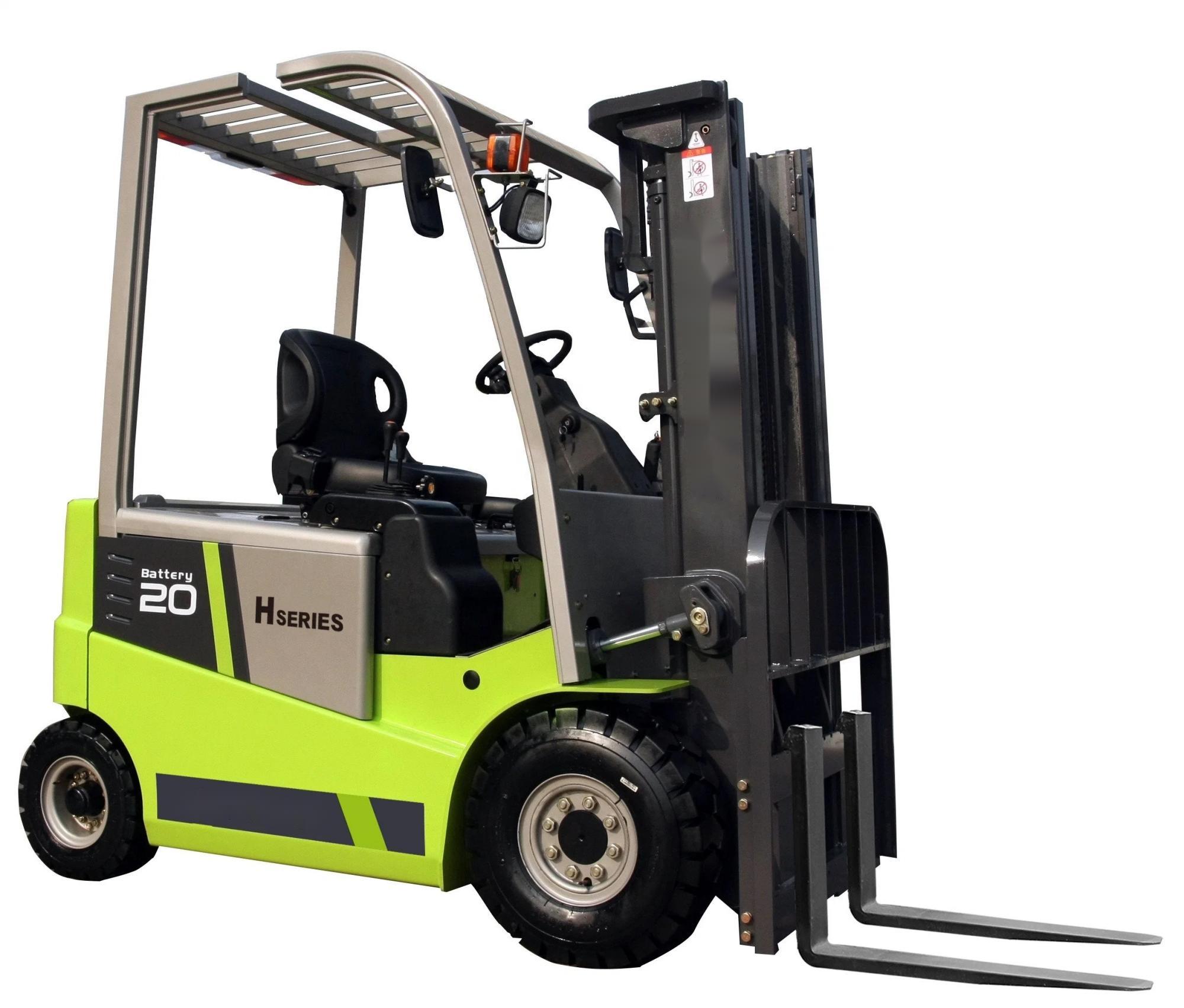Environmental Protection and Sustainable Development

Zero Emissions and Low Noise
Electric forklifts are powered entirely by electricity. During operation, they produce no tailpipe emissions, significantly reducing air and noise pollution. They are particularly suitable for places with strict environmental requirements, such as the pharmaceutical and food industries.
High Energy Efficiency
The energy density of lithium batteries is 3 - 4 times that of lead-acid batteries. They support fast charging technology (fully charged in 1.5 - 4 hours), and the intelligent energy recovery system can reduce energy consumption by 25%. The long-term usage cost is only 1/5 of that of fuel forklifts.
Policy Support
Driven by the global carbon neutrality goals, many countries have introduced policies to encourage the application of new energy equipment. Electric forklifts conform to the development trend of green logistics.
II. Cost-Effectiveness Advantages
Low Long-Term Operating Costs
Energy Consumption Costs
The electricity cost for a single shift of a 3-ton electric forklift is approximately 40 yuan, only 1/6 of that of a fuel forklift (248 yuan).
Maintenance Costs
Electric forklifts have a long maintenance cycle (once every 1,000 - 1,500 hours) and simple maintenance items. The annual maintenance cost is 40,000 - 50,000 yuan lower than that of fuel forklifts.
Battery Life
The cycle life of lithium batteries reaches more than 3,000 times, and the replacement cost is controllable.
Controllable Initial Investment
Although the purchase cost of electric forklifts is relatively high, the investment can be quickly recouped through government subsidies, energy-saving benefits, etc., and the long-term comprehensive cost is even lower.
III. Operating Performance and Safety
Flexible and Efficient
Models such as reach trucks and narrow aisle trucks have a small turning radius (as small as 1.8 meters), making them suitable for high-density warehouses. Picking forklifts can support high-level operations of up to 10 meters, improving efficiency by 30%.
Intelligent Safety Systems
Technologies such as AI vision obstacle avoidance, anti-tip warning, and electronic power steering reduce the risk of accidents and improve operational comfort by 30%.
Strong Stability
Counterbalance electric forklifts can carry a load of up to 10 tons, making them suitable for heavy-load scenarios in factories and docks. Stacker cranes can lift to a height of 6 meters, meeting the needs of dense warehouses.
IV. Wide Range of Applicable Scenarios
Indoor Operations: The characteristics of low noise and zero emissions make them suitable for fields such as the pharmaceutical and precision manufacturing industries.
Outdoor Scenarios: Four-wheel drive models can handle slopes and uneven road surfaces.
Special Requirements: The low-temperature performance of lithium batteries has been optimized, gradually breaking through the limitations of harsh environments.
Summary
Electric forklifts have become core equipment in modern logistics due to their environmental friendliness, economic efficiency, intelligence, and scene adaptability.





